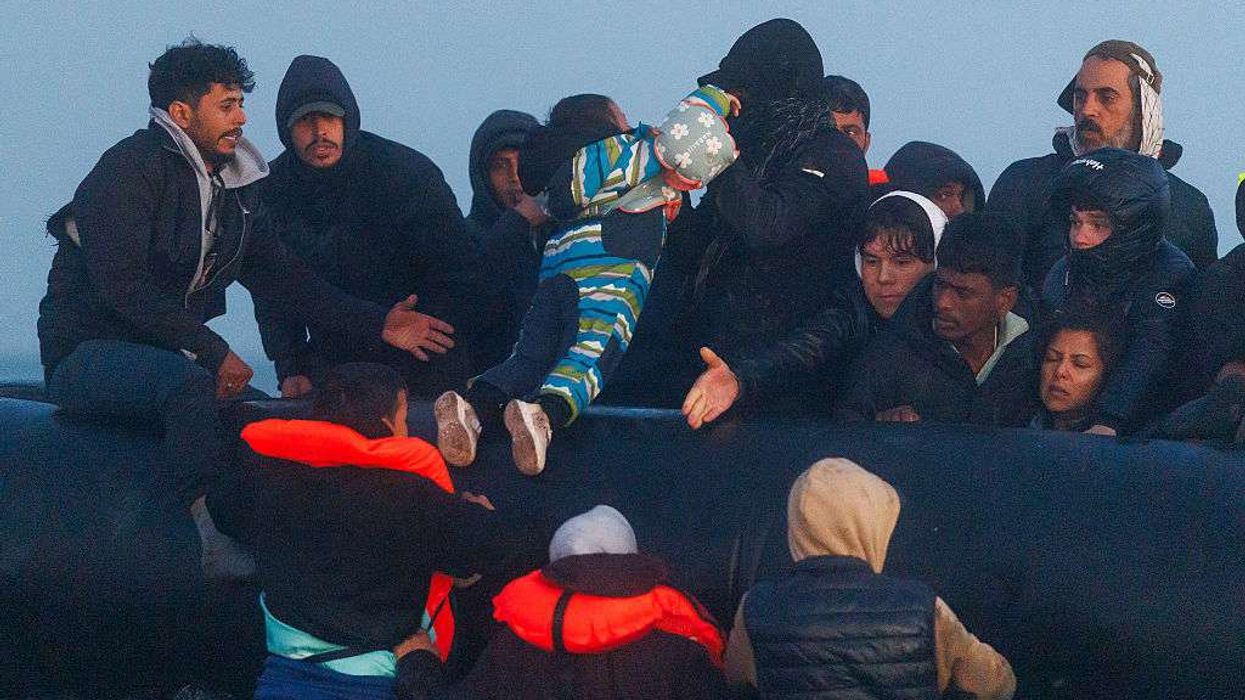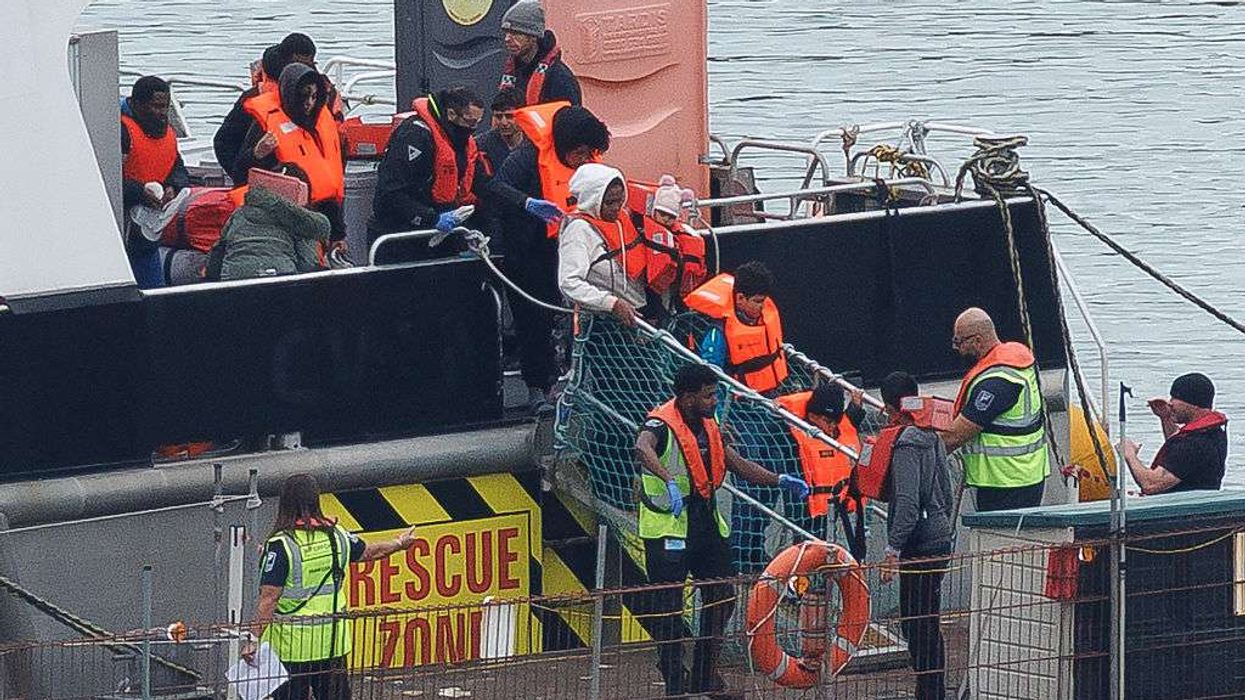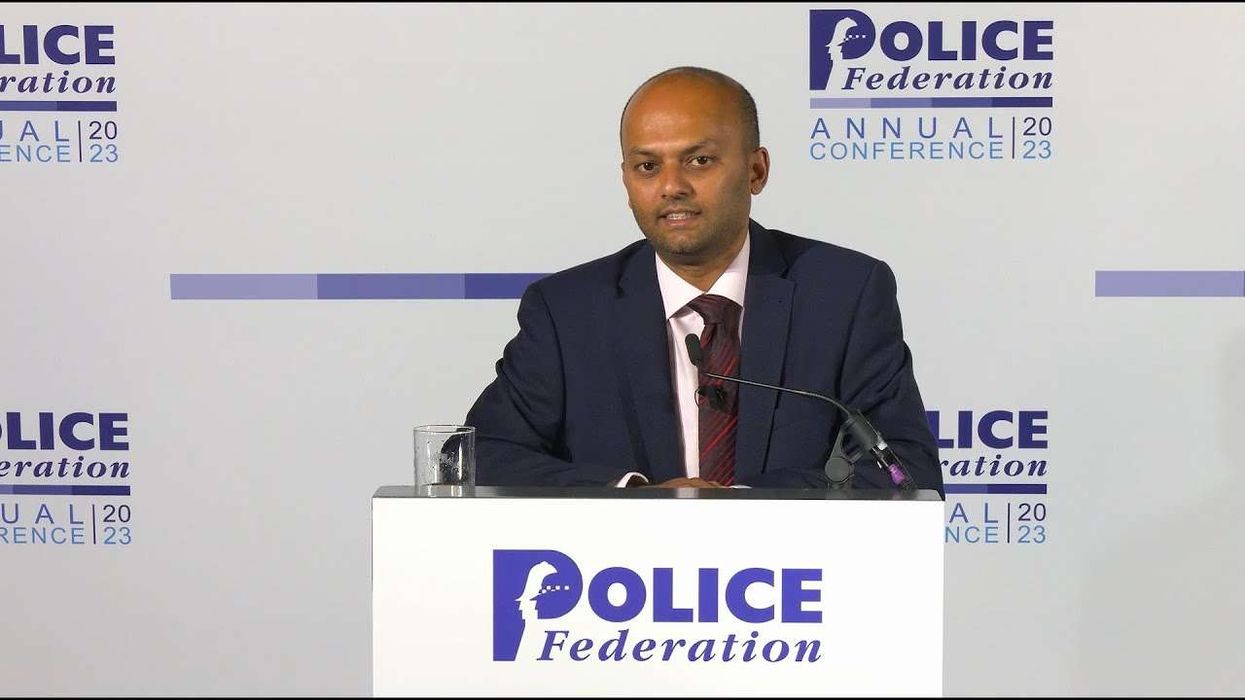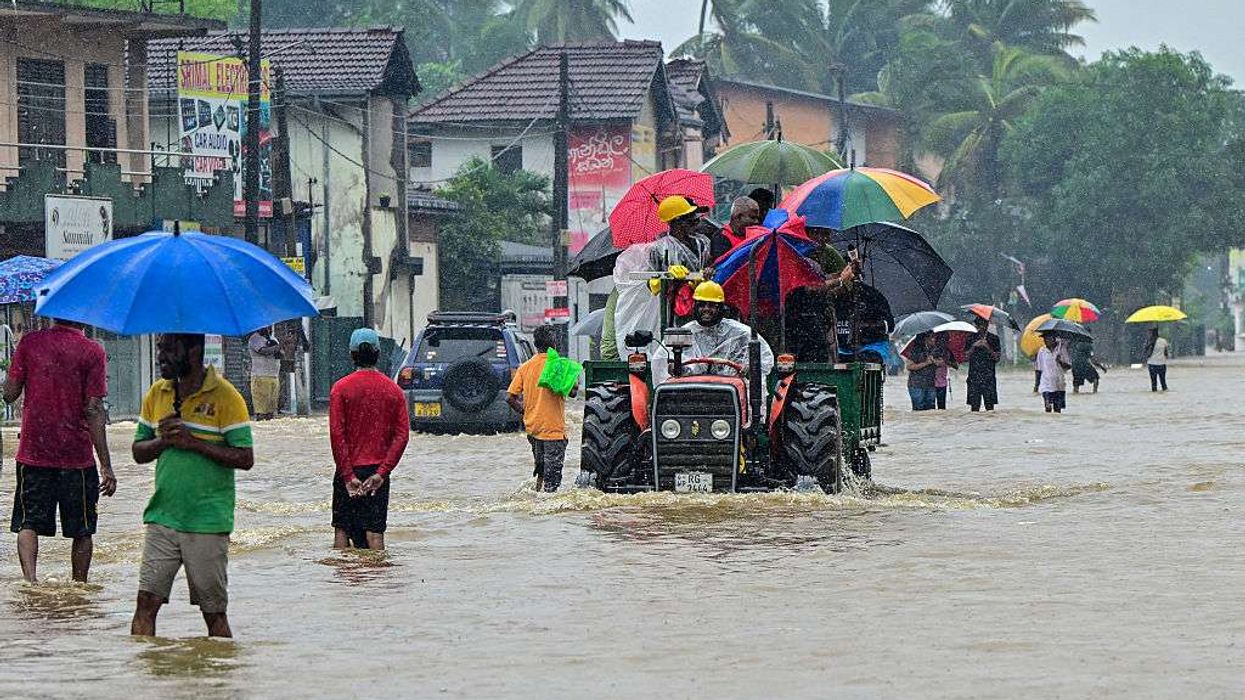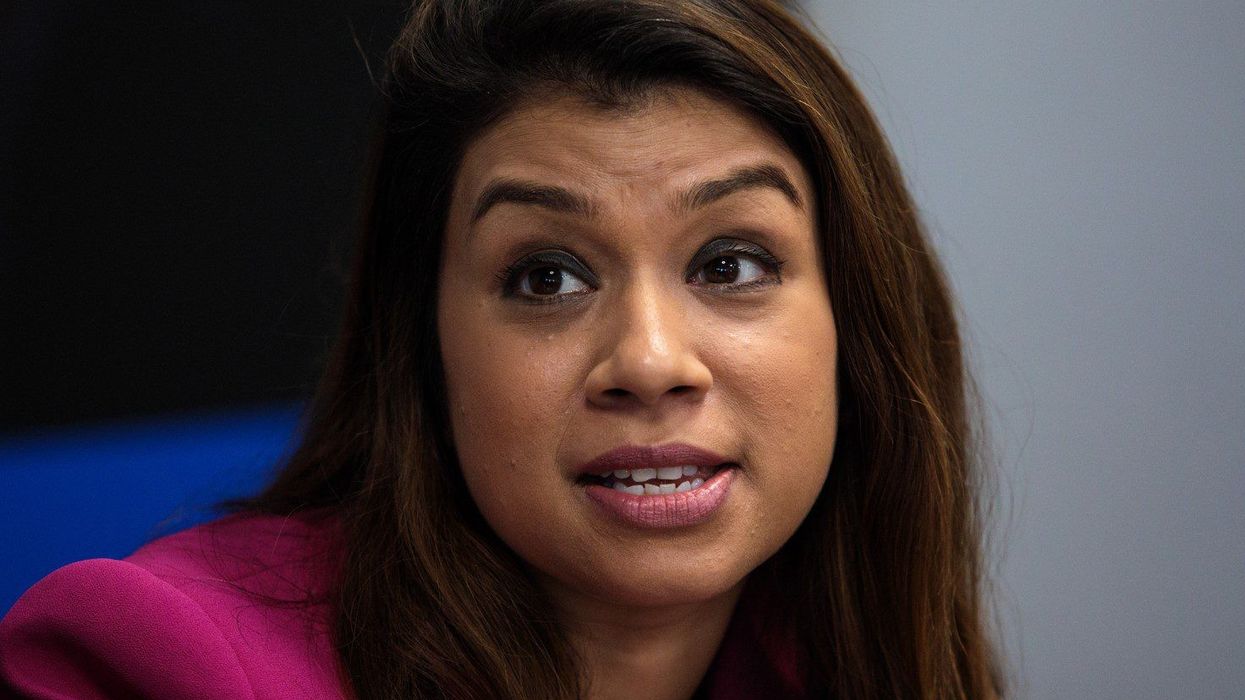BRITAIN's plan to use artificial intelligence (AI) to assess the ages of asylum seekers has sparked concern among human rights groups, who warn the technology could misclassify children as adults and deny them vital protections.
The government intends to introduce facial age-estimation technology in 2026 to verify the ages of migrants claiming to be under 18, particularly those arriving on small boats from France. Officials say the move will help prevent adults from posing as children to exploit the asylum system.
Prime Minister Keir Starmer is under growing pressure to control migration, as Nigel Farage’s anti-immigration Reform UK party gains support in opinion polls. More than 35,000 people have crossed the English Channel in small boats this year, a 33 per cent rise on the same period in 2024.
Meanwhile, rights campaigners and social workers argue that assessing the age of migrants is a complex and sensitive process that cannot be replaced by technology.
“Assessing the ages of migrants is a complex process which should not be open to shortcuts,” said Luke Geoghegan, head of policy and research at the British Association of Social Workers. “This should never be compromised for perceived quicker results through artificial intelligence.”
Children who arrive in the UK without parents or guardians are entitled to legal aid, education, and social worker support under the care of local authorities. Charities fear that using facial recognition systems could result in minors being wrongly placed in adult asylum hotels, without proper safeguarding or support.
The Home Office said the technology would not be used in isolation. “Robust age assessments for migrants are vital to maintaining border security,” a spokesperson said. “This technology will not be used alone, but as part of a broad set of methods used by trained assessors.”
Governments worldwide are increasingly turning to artificial intelligence to manage migration. Britain announced in April that it would deploy AI tools to speed up asylum decisions, helping caseworkers summarise interviews and analyse country-specific data. In July, it signed a partnership with OpenAI to explore how to use AI in education, justice, defence, and security.
But rights groups have warned that asylum seekers should not be used as test subjects for unproven technologies. “The asylum system must not be the testing ground for deeply flawed AI tools operating with minimal transparency,” said Sile Reynolds, head of asylum advocacy at Freedom from Torture.
Anna Bacciarelli, senior AI researcher at Human Rights Watch, said facial age estimation could “undermine privacy and other human rights”, adding: “We don’t actually know if it works.”
Facial recognition technologies have previously faced criticism for extracting sensitive biometric data and reinforcing racial or gender biases. They have also been used by London’s police at protests and public events, including the Notting Hill Carnival.
“There are always going to be worries about sensitive biometric data being taken from vulnerable people and used against them,” said Tim Squirrell, head of strategy at tech rights group Foxglove. “The machine tells you that you’re 19 – how do you question that? It’s completely unaccountable.”
Experts say AI models trained on biased or incomplete data can reproduce historic prejudices. The Greater Manchester Immigration Aid Unit (GMIAU) said some young asylum seekers had been told they were too tall or too hairy to be under 18.
“Children are being treated as subjects of immigration control, not as children,” said Rivka Shaw, a GMIAU policy officer, describing the practice as “linked to racism and adultification.”
The Helen Bamber Foundation found that nearly half of migrants reassessed in 2024 – about 680 people – were actually children wrongly sent to adult accommodation.
“A child in adult housing is put in a shared room with strangers and no safeguarding checks,” said Kamena Dorling, the foundation’s policy director.
A July report by the Independent Chief Inspector of Borders and Immigration urged the Home Office to involve trained child-protection professionals in age decisions.
“Decisions on age should be made by child-protection professionals,” said Dorling. “All the concerns we have about human decision-making also apply to AI decision-making.”
(Agencies)
